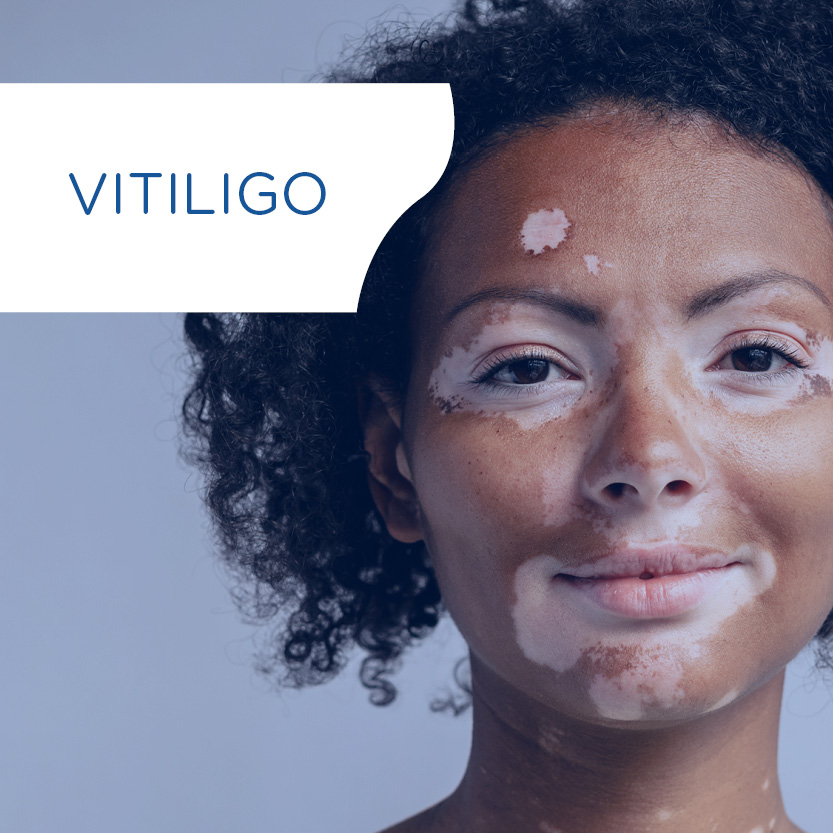Effect of C-xyloside on morphogenesis of the dermal epidermal junction in aged female skin. An ultrastuctural pilot study
European Journal of Dermatology, 21(2):191-6
DELOCHE C., MINONDO AM., BERNARD BA., BERNERD F., SALAS F., GARNIER J. and TANCRÈDE E. (2011)
L’Oréal Recherche, 188, rue Paul Hochart, BP 553, 94152 Chevilly-Larue, France.
L’Oréal Recherche, Clichy, France.
L’Oréal Recherche, Aulnay-sous-Bois, France.
Bioalternatives, Gençay, France.
Abstract
A placebo-controlled randomized pilot study was performed on five postmenopausal women aged from 60 to 75 years. The women applied 320 mg (2 mg/cm(2)) of either placebo or 10% C-β-D-xylopyranoside-2-hydroxy-propane (C-xyloside) cream to each outer forearm twice daily for 3 months. At the end of the treatment, skin biopsies were collected from application areas on both forearms. Transmission electron microscope examinations revealed skin ultrastructural changes at the dermal epidermal junction (DEJ) after 10% C-xyloside application for 3 months. The morphological appearance of the DEJ showed strong improvements, with more homogeneous and regular lamina densa in the C-xyloside-treated compared to the placebo treated skin areas. The number of zones showing basement membrane re-duplication was indeed strikingly reduced on C-xyloside-treated skin. These ultrastructural results were further confirmed by a statistically significant increase in the expression levels of α6-integrin the and laminin-332, as estimated by immunohistochemistry.
Altogether, these data suggest that topical C-xyloside application in vivo may be efficient in inducing a better dermal-epidermal cohesion when such a junction is deficient, as is the case in photo-aged or chronologically aged skin. Moreover, a statistically significant increase in CD44 expression was noted in the epidermis of C-xyloside-treated compared to the placebo treated skin areas.
KEYWORDS: Skin ageing; Dermal epidermal junction; C-xyloside; Laminin 332; α 6-integrin subunit
Related posts
Check out Bioalternatives’ updates and experience new testing ideas
- Bioassays, models and services
- Posts and publications
- Events










